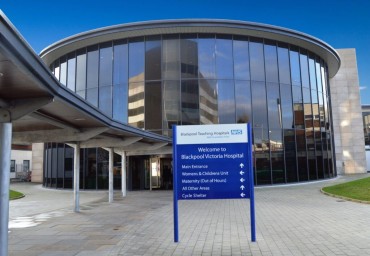A Transasal Endoscopy is a test to examine the upper part of your digestive system (oesophagus, stomach and small intestine).
It is a procedure where a narrow flexible tube with a light and a camera at the end, is passed down through the nose to examine the oesophagus (swallowing tube), stomach and part of the duodenum (small bowel).
During the procedure, a narrow flexible tube with a light and a camera at the end, is passed down through the nose to examine the oesophagus (swallowing tube), stomach and part of the duodenum (small bowel). The width of the flexible camera is 6mm. The camera sends images back to a monitor where they are viewed by the endoscopist, (doctor or specialist nurse performing the test) throughout the procedure.
In some cases (and often routinely) it may be necessary to take biopsies (small samples of tissue), using tiny forceps. The samples are sent to the laboratory for analysis using a microscope. Taking biopsies is painless and very safe. It is routine for pictures taken during the test to be stored as part of your health record.
It is important to note that the flexible tube passes down your gullet avoiding your trachea (breathing pipe). You can breathe and talk normally throughout the whole procedure. Although the endoscope passes through the nasal passages, the purpose of the procedure is to diagnose and treat symptoms of the upper digestive tract. Any obvious abnormalities of the nasal passages noted during the procedure may need follow up with another specialist.
A Trans-Nasal Endoscopy allows an assessment of the upper intestinal tract to explore your symptoms, make a diagnosis and guide treatment.
This test may not be suitable for you if:
-
- You have had nasal surgery in the past 6 weeks
- You are known to have obstructed nasal passages due to polyps or fractures
- You have more than 2 nose bleeds a we



